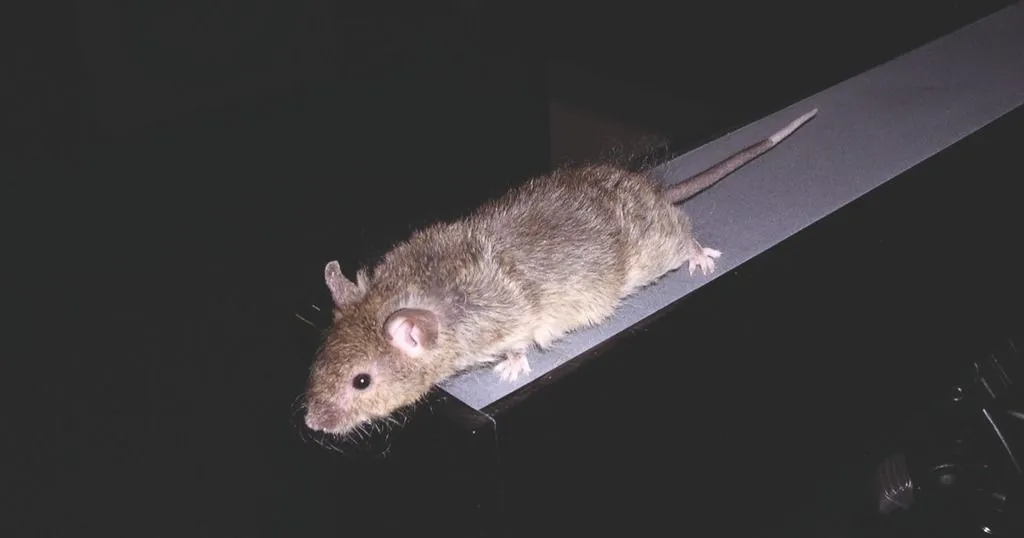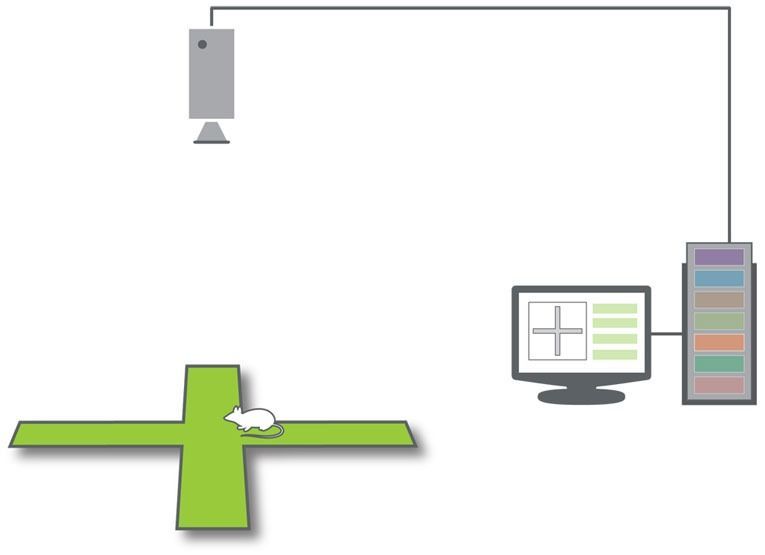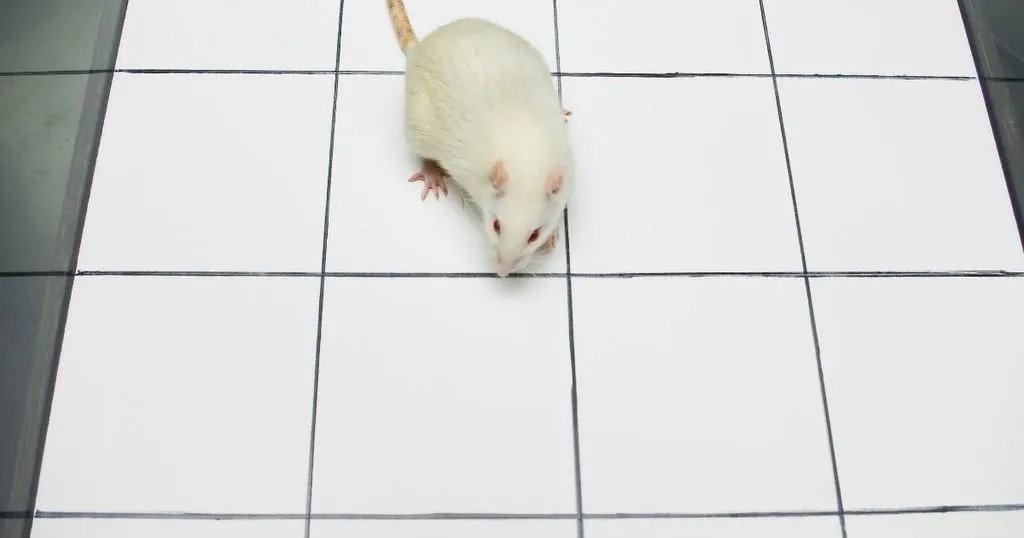How to easily automate the elevated plus maze test
Anxiety. It is nature’s way to keep us out of harm’s way, so it is a useful emotion. At times, though, it can also be overwhelming. For some, it gets out of control, irrational, and even disabling.
Posted by
Published on
Thu 20 Feb. 2014
Topics
| Anxiety | Elevated Plus Maze | EthoVision XT | Mice | Rats | Video Tracking |

Anxiety. It is nature’s way to keep us out of harm’s way, so it is a useful emotion. At times, though, it can also be overwhelming. For some, it gets out of control, irrational, and even disabling. This is when we call it an anxiety disorder. Did you know that anxiety affects 20% of all people in some way or form? No wonder anxiety disorders are often subject of scientific study.
Anxiety in animals
Rats and mice are often used as model organism to study the basics of anxiety and anxiety disorders, possible treatments, neurodevelopment, and genetic backgrounds. The most well-known test paradigm is the elevated plus maze.
The elevated plus maze
This maze is just what its name suggests it to be: a maze shaped like a +, elevated from the floor. Two opposite arms are sheltered with walls and the remaining two arms are open. How the animals explores this maze says something about its level of anxiety. Rats and mice have a natural tendency to explore, but this can be inhibited by their innate fear for open spaces and height and their preference to stay in dark, enclosed environments.

Variables in scientific research
Targeted parameters in such an elevated plus maze test include the time spent and distance moved in the center square, open arms, and closed arms, the latency to enter the open arm for the first time, and the amount of rearing and head dipping behaviors.
Automating research
You cannot easily measure all of these parameters by hand. A stopwatch and a pair of eyes go a long way, but eventually it is way more efficient and objective to automate this test. This is exactly what many researchers do.
Video image analysis
Video tracking software is an efficient way for many researchers to execute a series of plus maze tests. How this works? A camera is mounted above the maze so that it can accurately spot the animal’s location. The image is analyzed by EthoVision XT video tracking software. It locates the animal, its nose point, center point, and tail base, and follows these points as the animal moves through the arena. Then these data (coordinates) are processed to calculate a range of variables, including those mentioned above.
Multiple body points
It is important to track not only the center point, but also the nose point and tail base of the animal. This way, the difference between the animal sticking its nose around the corner and completely entering the open arm can be distinguished.
Read more
More information about the elevated plus maze can be found here, and if you want to know all about video tracking software, see this webpage.
Related Posts

Taking opioids during pregnancy: short- and long-term consequences in rats

The open field test: A staple in behavioral batteries

